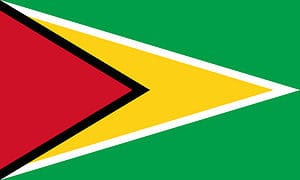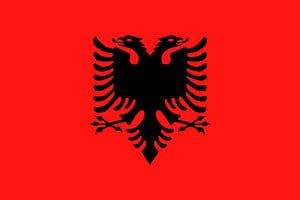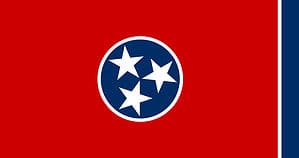Vermont has a long and storied history, and its flag is no exception. The flag of Vermont is a proud symbol of the state’s rugged beauty, deep history, strong sense of individualism, and commitment to unity. Vermont’s flag is rich in meaning and symbolism, and it tells the story of the state’s past, present, and future. So, keep reading to learn all about the flag of Vermont!
Where is Vermont?
Vermont is a small state located in the northeastern United States. It is bordered by Massachusetts to the south, New Hampshire to the east, and New York to the west. Vermont has a great deal of stunning natural beauty, with rolling hills and mountains covered in lush greenery. There are many lakes and rivers throughout the state that offer plenty of recreational activities, such as fishing, boating, and camping. Vermont is also home to several ski resorts, vibrant cities, and charming small towns that attract thousands of people each year.
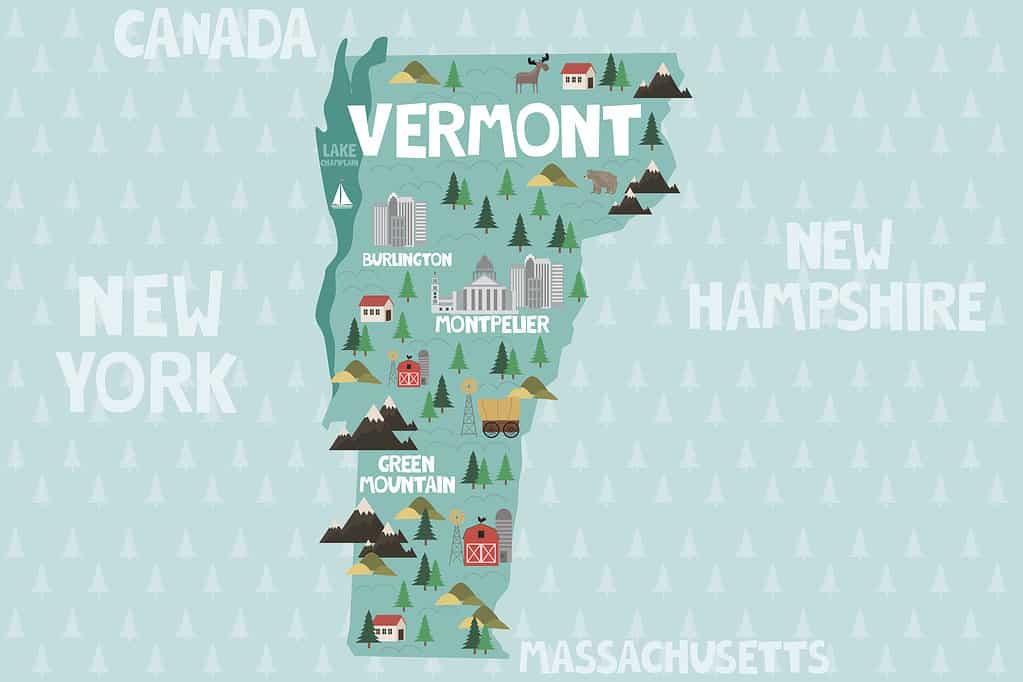
Vermont is a small state located in the northeastern US bordered by Canada, New York, New Hampshire and Massachusetts.
©iStock.com/BonneChance
Vermont’s Natural Wildlife
Vermont is home to a diverse array of flora, fauna, and wildlife. The state boasts an incredible variety of trees, shrubs, and wildflowers including maple, birch, beech, oak, spruce, pine, and more. Vermont is also home to a diverse array of wildlife, including white-tailed deer, beavers, black bears, coyotes, wild turkeys, and more than 200 migratory bird species.
The History and Origin of the Flag of Vermont
While Vermont was a recognized U.S. state for thirteen years prior to 1804, it did not have an “official” flag until then. The Green Mountain Boys flag was sometimes used as a nod to the legendary revolutionary militia of Vermont. Their flag was green with a blue canton (an emblem in the top left quarter of the flag). Within the canton are 13 white stars to symbolize the 13 original colonies. Vermont’s National Guard still uses this flag today.
However, on May 1, 1804, Vermont flew its first official state flag. The flag’s design paid homage to the American Flag with seventeen stars and stripes representing each of the seventeen states at the time. To differentiate itself from other flags, however, Vermont’s state flag had its name embroidered across the center of the top stripe.
In 1837 Vermont made another alteration to its state flag. Striving for a simpler aesthetic, the state reduced the 17 red and white stripes down to 13 and left only one large star in the corner canton. At the center of the single star was Vermont’s coat of arms.
As time went on, adjustments and modifications to the flag continued. Sometimes the flag had a five-pointed star, while other times it was an eight-pointed star. During the American Civil War, the Spanish-American War, and World War I, Vermont’s state militia used a flag with the state’s coat of arms on a blue background.
Then on June 1, 1923, Vermont officially adopted a new state flag to prevent any confusion with the United States flag. The new flag was inspired by the state’s militia flag: a deep blue backdrop with a regal coat of arms boldly placed in its center.
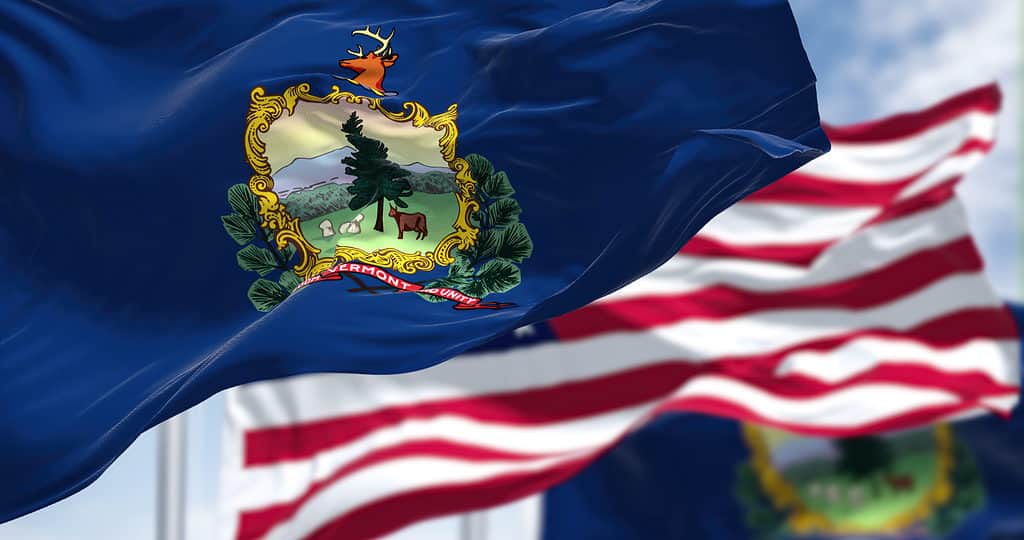
Vermont officially adopted a new state flag in 1923 with a deep blue backdrop and a coat of arms at its center.
©iStock.com/rarrarorro
The Meaning and Symbolism of Vermont’s Flag
The coat of arms of Vermont lies at the center of the state’s flag. It is framed by two pine branches, which honor a special moment in Vermont’s history. These branches commemorate the brave fighting souls who went into the Battle of Plattsburgh with pine sprays pinned to their uniforms during the War of 1812. In addition, the central part of the coat of arms displays a green-hued pine tree — a symbol of resilience as well as an emblem for all of Vermont’s beautiful and lush forests.
Vermont’s coat of arms also pays homage to the importance of the agriculture and dairy industries in the state, with a cow and three sheaves of wheat at the center. The Green Mountains in the background remind us of the state’s geographical beauty. The deer head above signifies Vermont’s dedication to preserving its natural resources and wildlife.
Uniting these icons below the coat of arms is a reminder of what Vermont stands for: “Freedom and Unity”. The state’s motto implies that being united is essential for citizens throughout Vermont to benefit from freedom and civil rights. It also recognizes the necessary balance between individual freedom and the welfare of the common good.
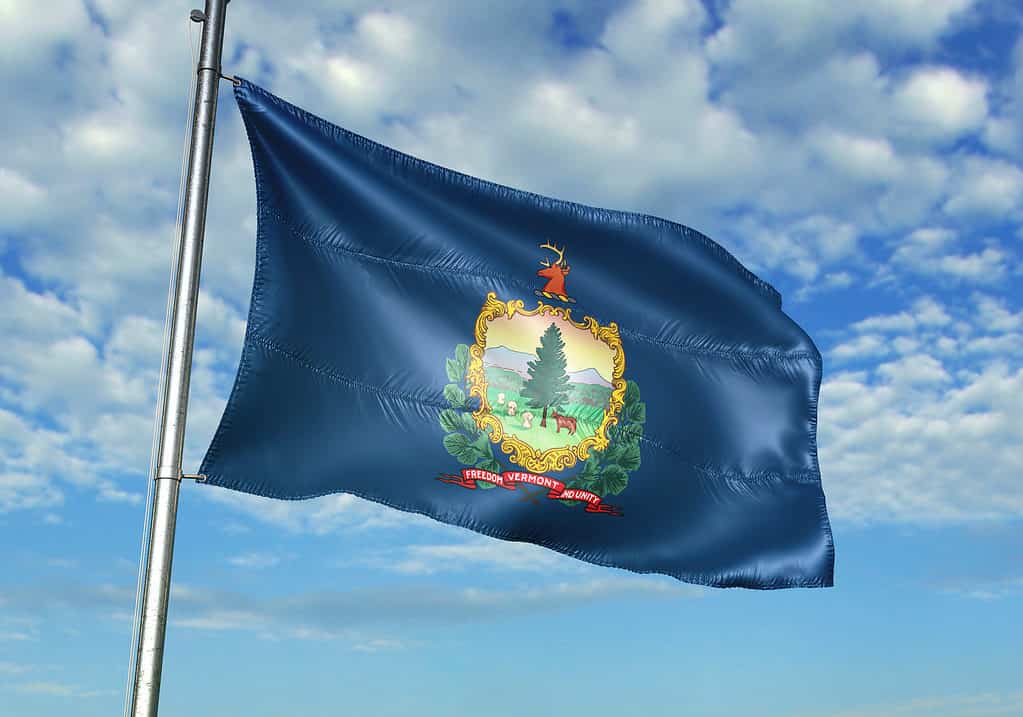
Vermont’s coat of arms, which is featured at the center of their flag, pays tribute to their history, resilience and honors their forests.
©iStock.com/Oleksii Liskonih
Vermont’s State Symbols
In addition to the flag of Vermont, there are several other official symbols that represent the state. For example, the state bird of Vermont is the hermit thrush (Catharus guttatus), which can be found all throughout Vermont, except during the winter months. Vermont’s state flower is the red clover (Trifolium pratense), a common plant across Vermont’s beautiful countryside landscapes. The state insect is the western honeybee (Apis mellifera), a frequent visitor and pollinator of Vermont’s state flower. Here are a few of Vermont’s official state symbols:
- Vermont’s state bird: hermit thrush (Catharus guttatus)
- Vermont’s state flower: red clover (Trifolium pratense)
- Vermont’s state insect: western honeybee (Apis mellifera)
- Vermont’s state cold-water fish: brook trout (Salvelinus fontinalis)
- Vermont’s state warm-water fish: walleye (Sander vitreous vitreous)
- Vermont’s state tree: sugar maple (Acer saccharum)
- Vermont’s state mammal: Morgan horse (Equus ferus caballus)
- Vermont’s state amphibian: northern leopard frog (Rana pipiens)
- Vermont’s state reptile: the painted turtle (Chrysemys picta)
- Vermont’s state gem: grossular garnet
Click here to learn about every single flag in the world!
Up Next
- Discover the Deepest Lake in Vermont
- Discover the 9 Best National and State Parks in Vermont
- The 5 Best Lakes for Ice Fishing in Vermont
The photo featured at the top of this post is © iStock.com/bndart
Sources
- The Camp Griffin Gazette, Available here: https://vermontcivilwar.org/gmcwrt/sep20.pdf
Thank you for reading! Have some feedback for us? Contact the AZ Animals editorial team.



